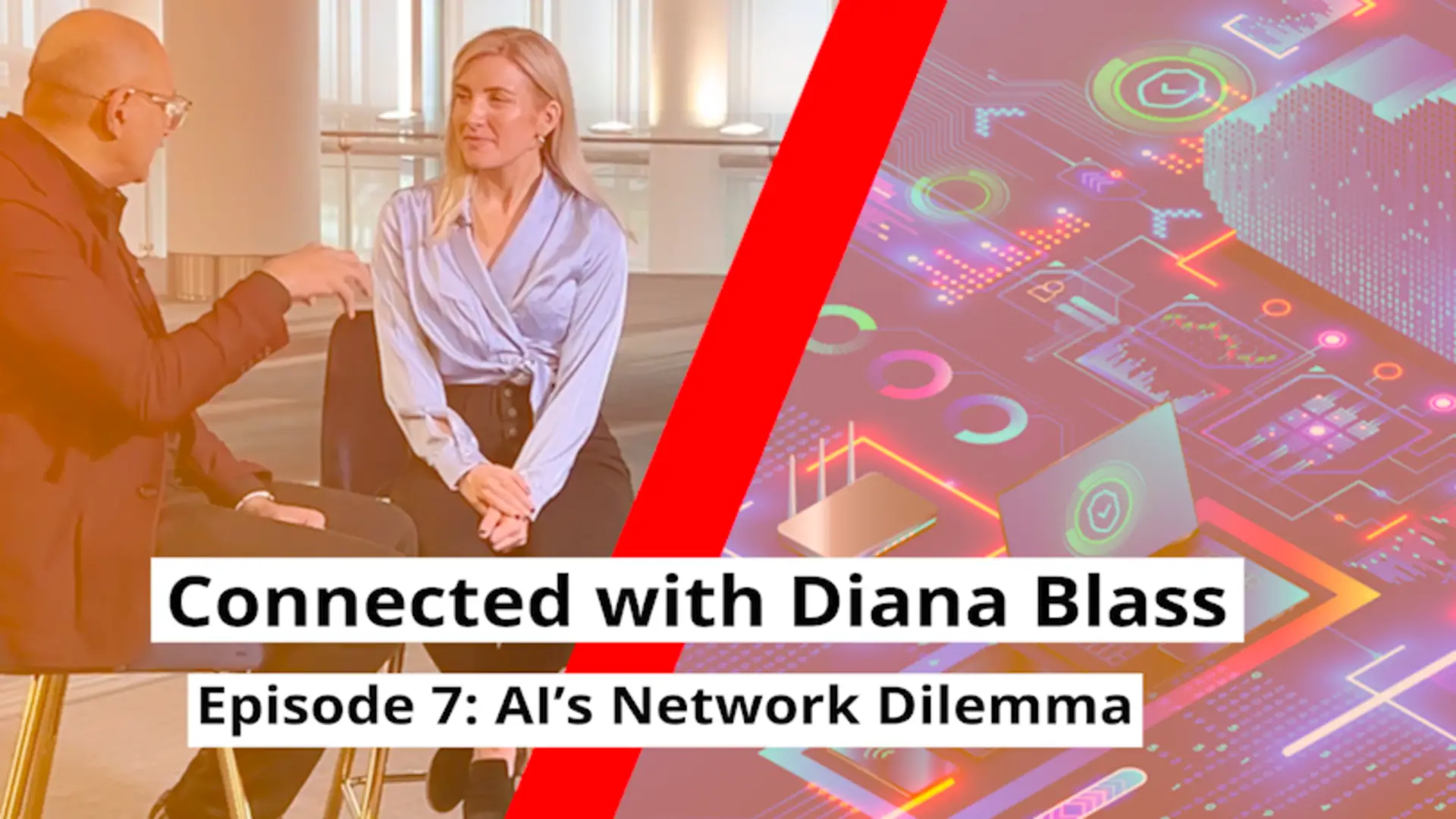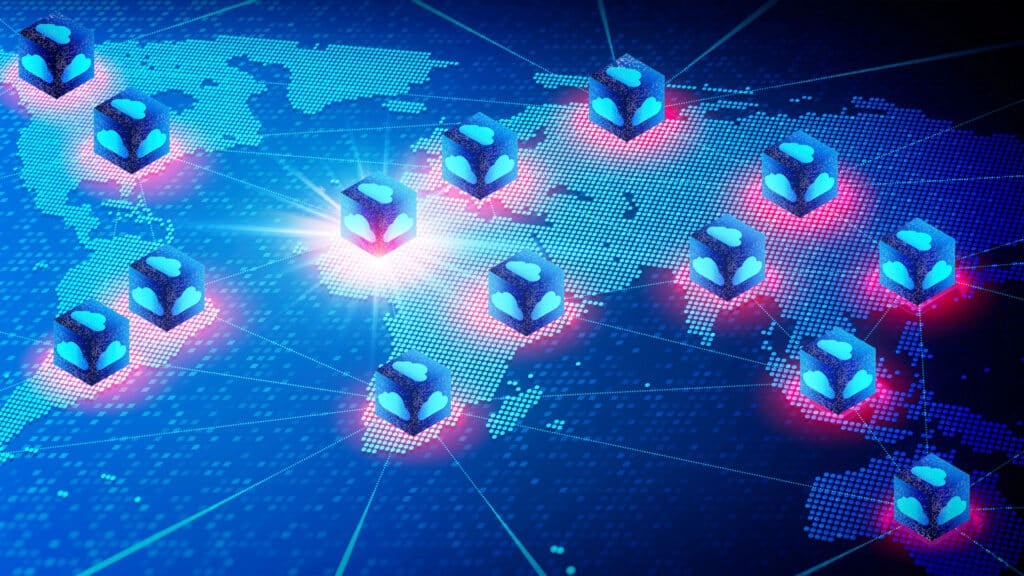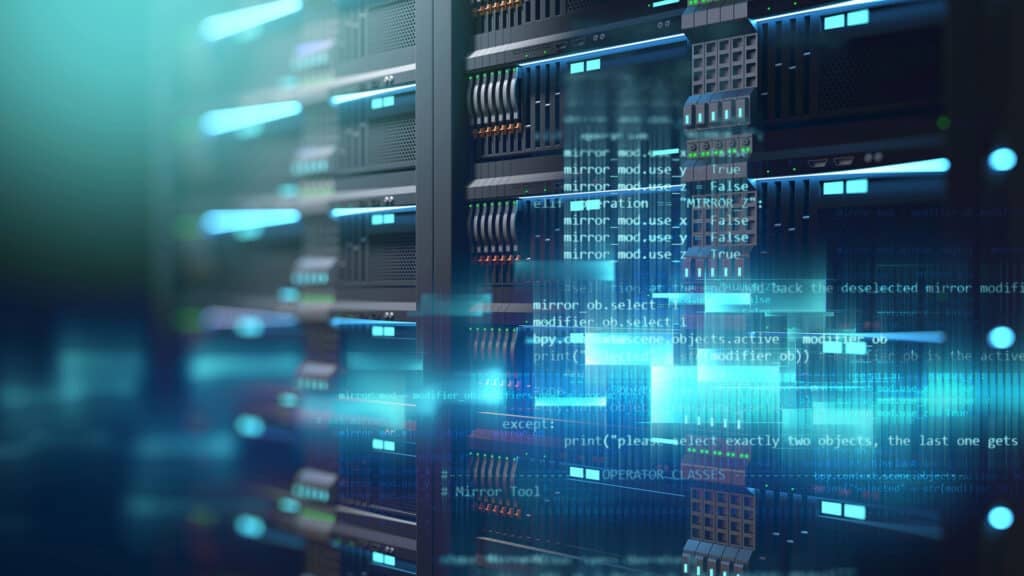Enterprise AI adoption is lagging, despite heavy interest and big investments in the technology. The top challenge? Outdated network infrastructure that can’t accommodate AI workloads. In this episode of The Six Five Media Connected with Diana Blass, Diana heads to the Cisco Partner Summit in Miami, where she learns about the latest network innovation to hit the market. Hear from Cisco’s Chuck Robbins, Jeetu Patel and Alex Pujols, along with perspectives from analysts and Six Five co-hosts Daniel Newman of The Futurum Group and and Patrick Moorhead of Moor Insights & Strategy.
Be sure to subscribe to our YouTube channel, so you never miss an episode of The Six Five Webcast.
Watch the video here:
Or listen to the full audio here:
Disclaimer: The Six Five webcast is for information and entertainment purposes only. Over the course of this webcast, we may talk about companies that are publicly traded, and we may even reference that fact and their equity share price, but please do not take anything that we say as a recommendation about what you should do with your investment dollars. We are not investment advisors, and we ask that you do not treat us as such.
Transcript:
Diana Blass: Networking is critical for AI to work, but it hasn’t gotten the attention it deserves in the AI hype.
Alex Pujols: AI’s a little bit different than traditional networking. It requires fast, high-capacity communications in between devices.
Diana Blass: Devices that will flood the network with massive amounts of data.
Patrick Moorhead: People fully don’t comprehend is, you have to move this data around the enterprise.
Daniel Newman: Make sure the data is secure, make sure that the systems and applications are performing correctly and that they’re always up and running.
Diana Blass: Yet many enterprises lack the infrastructure to do that.
Chuck Robbins: What our customers are dealing with today looks nothing like how we built networks 10 to 15 years ago.
Diana Blass: Just 13% of business leaders believe their networks can handle AI workloads. That’s according to the Cisco AI Readiness Index released in November. It surveyed 8,000 leaders at large organizations who were responsible for AI deployments and integration. Many say they’re also challenged by the quality of their data, strength of their governance, skills of their talent, and culture.
In this episode of Connected, we’ll take a look at the efforts to change that through the lens of the networking giant, Cisco. Not too long ago, Cisco operated as a hardware company, supplying routers and switches to support the network at a time when the network wasn’t all that complex. With the introduction of voice in the late ’90s, followed by video and applications, that changed. Each new innovation brought new endpoints to the network, making the network more distributed, requiring more bandwidth, control, and security to move that data across the IT environment. Cisco transformed to meet that demand, adding new software capabilities, making acquisitions, and building out new business units. All of which had shown to pay off in its latest earnings report.
Patrick Moorhead: They crushed it. They had a record top line; they have record margin.
Diana Blass: There’s just one thing.
Daniel Newman: AI had been purchased in mass and now these deployments are having to be completed, and that’s going to create a timetable between when the next wave of AI orders are going to take place.
Diana Blass: It’s clear, AI has gone beyond the hype with enterprises making significant investments to deploy it. They’re just not sure how to do it. This, as they race against the clock to change that. In fact, most enterprises are looking to deploy their AI strategies within a year. So how can we make it easier for enterprises to do that? It starts with the network architecture.
Alex Pujols: At this point called the Ultra Ethernet standard, and it’s can we use traditional Ethernet networking and drive the same type of high-capacity workloads that machine learning and AI workloads have to have.
Diana Blass: A number of tech companies are developing this standard all with the goal to drive more interoperability and cost efficiencies in the network design and build out specifically when it comes to the way devices on the network communicate. We also need to upgrade the speed by which they do so, something Cisco is also working on.
Last spring, Cisco unveiled new Silicon One chips that can support massive GPU clusters for AI workloads, eliminating the need for different silicon architectures for each network function that also drives more simplicity and scalability into the network. They all speak to the moves that Cisco has continuously made to gear up for the year of AI. And in September of 2023, we learned of one of its biggest moves, yet it’s planned $28 billion acquisition of Splunk. Splunk, CEO Gary Steele joined Cisco, CEO, Chuck Robbins on stage at Cisco Partner Summit in early November.
Chuck Robbins: When you combine Cisco and Splunk, we will be one of the largest software companies in the world.
Diana Blass: Cisco primarily sells through its partner channel and this event attracting over 2,000 partners from around the world is the time to get them excited about the latest wins and the possibilities still to come. Splunk was high on that list.
Daniel Newman: It complements well the ThousandEyes solutions as well as AppD, which are previous acquisitions that have been made by Cisco. And this really starts to put together a very complete vision around its observability stack.
Diana Blass: Observability was a big topic at the partner summit and also, it’s a big topic in tech. Cisco describes it as a $35 billion opportunity. Essentially, the tech monitors the data across an IT environment all in an effort to drive more resilience into the network, enhance applications, and prevent threats.
Patrick Moorhead: Yes, observability is one of these big hot terms over the last two years, and the reason it’s so important is because all of IT has fractalized. We have data everywhere, public cloud, sovereign cloud, private cloud, traditional IT, on the Edge, and then we fractalized our applications. You have to know what is going on in there to figure out what went wrong. Let’s say if quality service goes down or planning for quality of service, and then there’s the security angle.
Jeetu Patel: This is the first time I’d say in my professional career that I am very optimistic that the scale is going to tip in the favor of the defender.
Diana Blass: Jeetu Patel oversees the security and collaboration business at Cisco.
Jeetu Patel: When you have all of this telemetry and data, and you could apply AI to it, you will be able to predict and prevent an attack proactively rather than post facto all the time.
Diana Blass: Now, taking a step back, let’s look at all this innovation from afar, the connectivity, the security, the network management tools. The question is, so what’s really making Cisco unique in the market?
Chuck Robbins: I think right now our engineering teams have been innovating at a pace that we haven’t been in a very long time, and so I think the portfolio is probably as good as it’s ever been. Look, customers want trusted partners to help them take them through some of these very difficult transitions that they’re facing that have really high returns, but they’re very difficult. So I think between us and our partners, we’re in great shape.
Diana Blass: These partners sell Cisco’s networking and communications tech in a way that meets their customer’s business models. And they manage that technology in their IT environment, which has become increasingly complex. But their biggest value partners can help communicate the value Cisco technology can bring to AI deployments.
Daniel Newman: Cisco has to find a way for AI to be more and more front and center in its story. Right now, it’s easy to argue that the company is more of a picks and axes solution. It’s offering the infrastructure that connects, say an NVIDIA, to a software, and people don’t necessarily think about all the transport or security activities that need to take place. So making sure it’s able to differentiate and communicate and really elaborate on its value to market is going to play a huge role in terms of how the market values the company and how the enterprises see its importance in their longtime AI strategy.
Diana Blass: So as we look back at this episode of Connected, it’s clear most enterprises intentions with AI outpace their abilities, and that’s largely because of outdated networking technology. Tech companies like Cisco have responded to that need developing interoperable platform centric solutions that aim to make it easier for enterprises to adopt new technologies to enhance their networks. But as Dan pointed out, it takes more than just tech to drive mass transformation. Cisco will need to communicate the value of its solutions to the market, a market that doesn’t always understand the critical role that networking plays in AI. And that brings us back to the Cisco Partner Summit, where we saw the power of Cisco’s channel in action. Partners who drive nearly 90% of Cisco’s revenue by selling, managing, and communicating the benefits of Cisco technology. Customers say they have about a year to make their AI strategies a reality. So if all goes to plan, there could be some very interesting updates at next year’s partner summit.
Author Information
Diana Blass is a journalist with a background in technology news and analysis. Her work has appeared on Fox Television Stations, The Discovery Channel, CRN, Light Reading, and other Informa-owned media brands. In addition to her work at The Six Five, she manages Diana Blass Productions, where she develops and produces digital documentaries, podcasts, and commercials for media and corporate brands.









